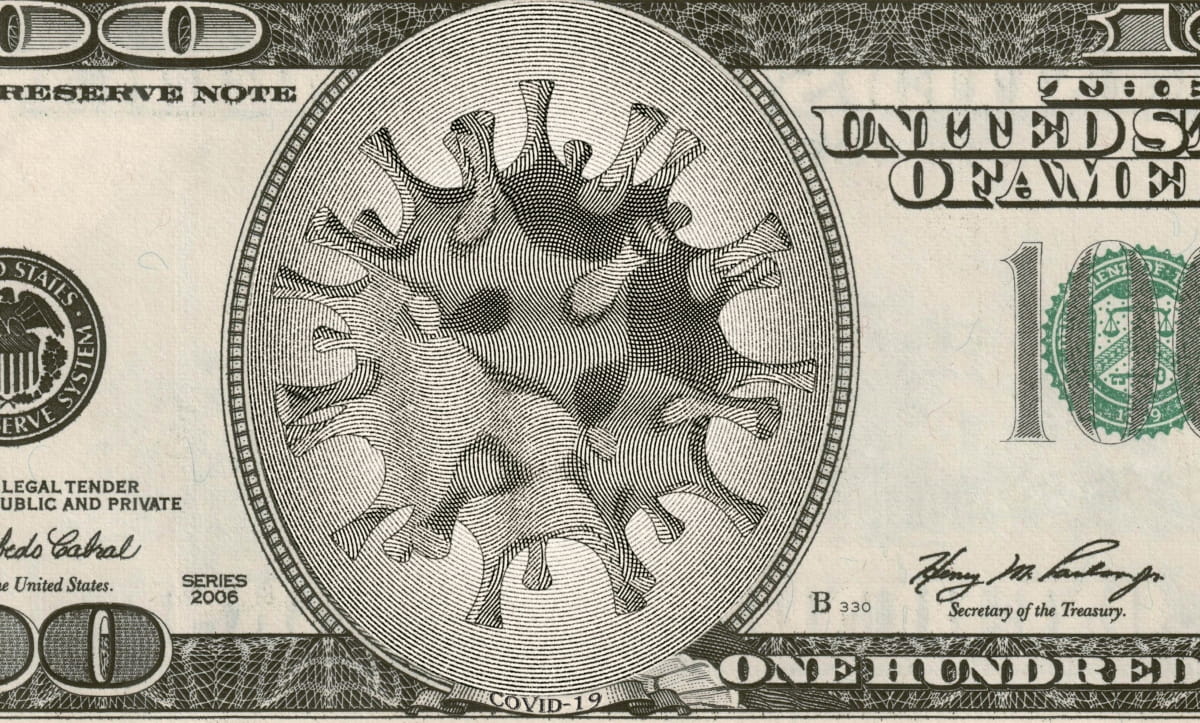(You can have cannabis finance content such as this delivered directly to your inbox. Simply sign up here for our weekly MJBiz Finance newsletter.)
The incessant talk of recession and bear markets might be as depressing as it is inescapable.
Most of us immediately categorize these stories as “bad news,” which is fair enough.
The reports do sound dire. But are they, really?
Since we’re likely to be hearing these terms a lot, it’s a good idea to remember precisely what they mean – and to evaluate the likely effects on the cannabis industry as well as individual businesses.
Economics primer
To review: A recession is an economics term. It means two consecutive quarters of negative economic growth.
Growth is measured by gross domestic product (GDP), or what the nation earns.
The U.S. economy (currently valued at $21 trillion per year) maintained average growth of 3.14% per year from 1948 to 2022.
GDP growth in the first quarter of 2022 was negative, and data from the second quarter, which will be released right after it ends June 30, could make recession an official reality.
What experts are saying
To be sure, people are already feeling the winds change.
Gallup’s Economic Confidence Index of -45 in May – down from -39 the previous two months – is likely the lowest economic confidence has been since the tail end of the Great Recession in 2009.
Meanwhile, Goldman Sachs is not so sure we’ve seen the bottom: The financial services firm forecast a 35% chance of a recession in the next two years, a stance the bank reiterated in May.
JPMorgan Chase CEO Jamie Dimon said markets needed to be prepared for an economic “hurricane,” though he hedged a bit, saying the strong labor market and willing consumers were “bright clouds.”
His chief economist, Bruce Kasman, said the bank sees little real chance of a recession, though he expects business to slow.
Bank of America pegs the odds of a recession at 33%; Morgan Stanley believes it’s 50-50.
History as a guide
No one knows what’s next. We do know, however, what has already happened:
- The Great Recession, also known as the housing crisis, began in December 2007 and lasted until June 2009, or one year and six months. During that time, domestic growth declined by 5.1%.
- The so-called COVID-19 recession began in February 2020 and lasted until that April. While short-lived, it was fairly disruptive. GDP shrank 19.2% as the nation locked down.
- Before the Great Recession came the early 2000s recession, which ended the 1990s tech boom and lasted eight months, from March to November 2001, on the heels of 9/11. Compared to other slumps, it was fairly mild, with GDP declining only 0.3%.
Business leaders need reliable industry data and in-depth analysis to make smart investments and informed decisions in these uncertain economic times.
Get your 2023 MJBiz Factbook now!
Featured Inside:
- 200+ pages and 50 charts with key data points
- State-by-state guide to regulations, taxes & opportunities
- Segmented research reports for the marijuana + hemp industries
- Accurate financial forecasts + investment trends
Stay ahead of the curve and avoid costly missteps in the rapidly evolving cannabis industry.
Arithmetic shows the past three recessions averaged a little more than nine months.
Their average impact was a -8.2% hit on the top line (that is, revenue) of the nation’s GDP.
That’s the macro picture.
Here’s the micro: Assume an enterprise has annual revenue of $1.8 million. If business declines at the average of the nation’s past three recessions, it will have revenue of about $1.65 million in the recession year. From a revenue standpoint, that means going from $150,000 in monthly cash flow to $137,667.
That’s clearly a difficult number to be truly happy about. All entrepreneurs know that the $12,333 monthly difference likely comes straight out of their pockets.
But perhaps running the numbers will help.
Before you grab your calculator …
Cannabis and alcohol tend to see fairly steady demand.
They’re not recession-proof, but scads of anecdotal evidence suggest the demand is inelastic, or mostly unaffected by price swings.
Several corners of the economy, such as prescription drugs, are inelastic, meaning people will continue to spend regardless of their underlying economic condition.
As for bear markets, this is when prices drop 20% below their recent highs.
As of Tuesday’s close, the S&P 500, the market’s yardstick, has lost more than 20% since the start of the year.
In contrast, the S&P usually returns about 10% per year, including dividends.
Here are the final tallies from the past five bear markets:
- March 24, 2000-Sept. 21, 2001 (546 days): -36.77% market decline
- Jan. 4, 2002-Oct. 9, 2002 (278 days): -33.75%,
- Oct. 9, 2007-Nov. 20, 2008 (408 days): -51.93%
- Jan. 6, 2009-March 9, 2009 (62 days): -27.62%
- Feb. 19, 2020-March 23, 2020 (33 days): -33.92%
That’s an average time frame of 265 days.
If the recession were to officially start, say, July 1, and show a similar pattern, it likely would last until late March 2023, with an average portfolio decline of -22.76%.
Other conditions remaining unchanged, your investments should take two years to recover at the market’s historical average rate of return.
Andy Obermueller can be reached at editorial@mjbizdaily.com.







